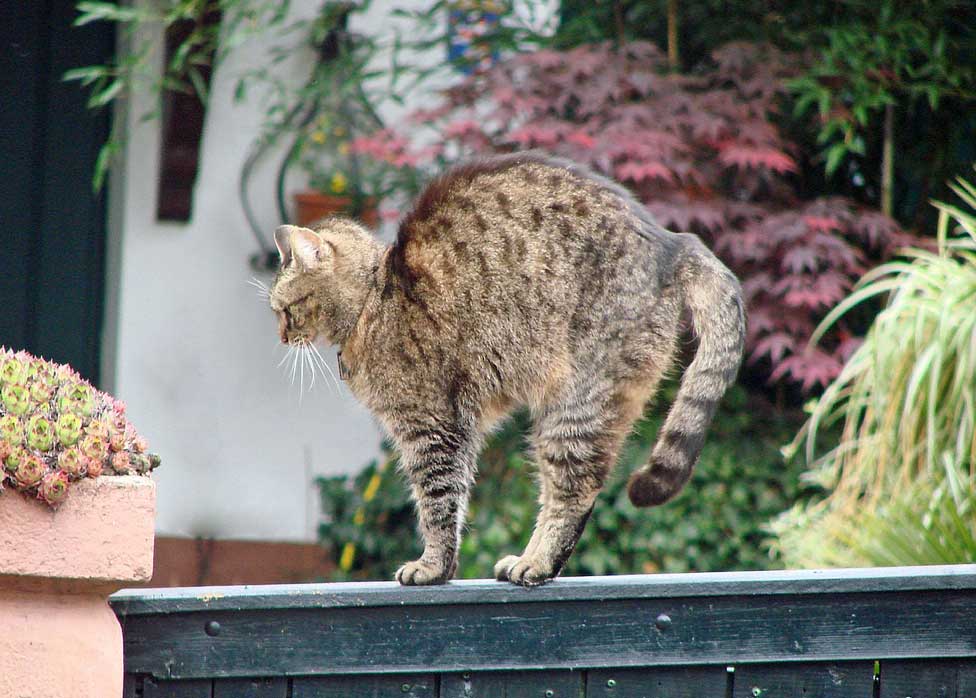Why do we recommend the Cat-camel? Or is it the Cat-cow?
I was in chiropractic school when I first heard about the cat-camel exercise. After being in practice for a short while, I learned that it is a move taken from yoga. I first learned of it from reading spinal rehabilitation research as it pertains to the management of lower back pain. From what I’ve now been told by many patients, it’s more properly called the cat-cow. Regardless, this is a great exercise for the spine although many people are unaware of the original idea behind it when we’re dealing with spinal rehabilitation. It has been studied in labs, and it is often recommended because of the biomechanics of the spine.
What is the cat-cow?
The cat-cow exercise is a spinal mobilization exercise that helps a person “loosen” their spine. It gets your lower back moving better. To do the cat-cow, the person is on their hands and knees and bends the spine up (like a cat) and then curves it downward (so your stomach hangs to the floor, like a cow). There is no horizontal movement. The movement is all in the spine moving like an accordion up and down.
When to do the cat-cow?
I often recommend this exercise as a starting point for restoring movement with patients who have lower back pain. Of course, there are many caveats to this recommendation, so this does not apply to everyone who has lower back or spinal pain. For most types of lower back pain, we encourage movement early in the process so that the lumbar spine doesn’t “stiffen up” and prolong the recovery process. In the past, bed rest was recommended for lower back pain. We’re smarter than that now. With all the research that has been done, we know that this strategy is usually detrimental to recovery. In other words, for most people with back pain, we want to get them moving soon. The cat-cow is a great way to start the process.
Why the cat-cow and not stretches for the lower back?
The cat-cow has been studied in a scientific setting. The benefit of the exercise is the absence of joint compression during movement. If you think of it logically, it makes sense. When we are standing up our body weight is compressing the spinal structures. If the spine is significantly injured, we may aggravate the area by moving it while under compressive load during standing movements. Perhaps a more prudent way to begin the process of moving the area is to start by moving the joint while it is not under compression. Since you are horizontal with the cat-cow, it allows a person to re-introduce movement to the area without compressing it. Confused? Let’s apply the same principle to the toe that you stubbed. Imagine that your big toe is bruised and swollen after you smashed it on the leg of your bed. Your knowledgeable health care practitioner has advised that you start moving the area or else it will become too stiff and de-conditioned. Do you think it would be a good idea to hang your foot off the end of your couch and move it around, or would you rather press it into the floor with your body weight and then move it around? I’m assuming you’d choose the first option. The first phase of moving the injured area would be to carefully move it while not under compression. So, let’s do the same with your lower back pain. Let’s start by moving it without joint compression and then go from there. Now you know why we often use it as a starting point during the treatment of lower back pain; it all relates to the biomechanics of joint compression during movement!
By: Dr. Kevin McIntyre
Come into Burlington Sports Therapy today if you have lower back pain, we can help!









